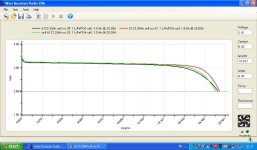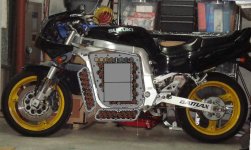miro13car
100 kW
Brokerage fees are speciality of couriers for sure UPS infamous for making money on this rather more than on shipping itself.
Fees are inflated and almost criminal in amount. So couriers are big NO NO if you ship to Canada, sometimes I have cases that Brokerage radiculos fees were higher than cost of merchendise.
I refuse to buy from USA if no USPS is offered.
From other countries only Post Offices.
From USA to Canada USPS is way to go = NO BROKERAGE FEES.
Fees are inflated and almost criminal in amount. So couriers are big NO NO if you ship to Canada, sometimes I have cases that Brokerage radiculos fees were higher than cost of merchendise.
I refuse to buy from USA if no USPS is offered.
From other countries only Post Offices.
From USA to Canada USPS is way to go = NO BROKERAGE FEES.




